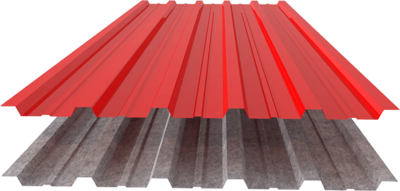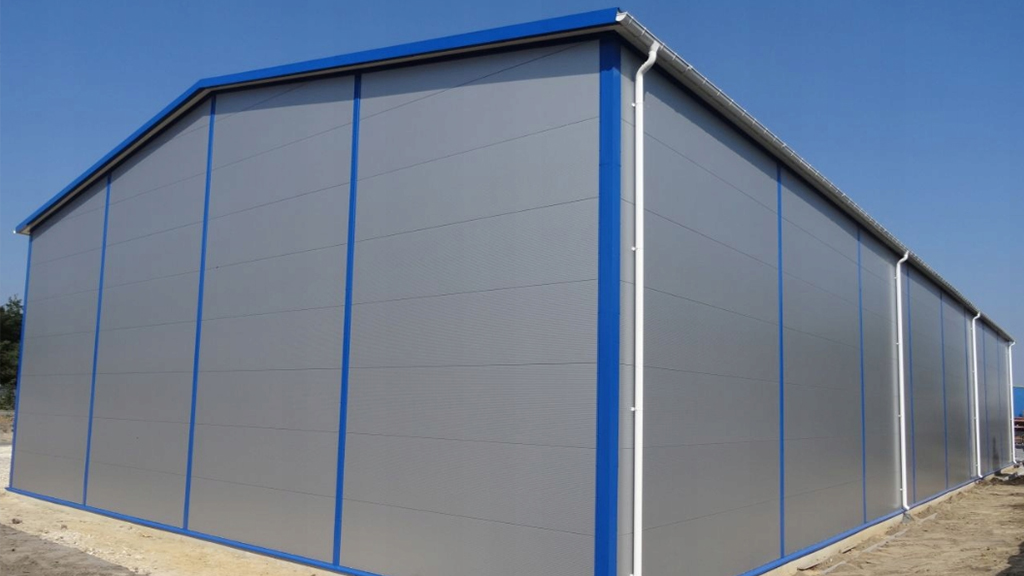Imagine a steaming cup of coffee on your kitchen window sill on a cold morning. As the steam rises from the hot liquid, it condenses on the cold window, leaving a dense cloud of vapor.
Drink the coffee now.
When you drink the coffee, the condensation cloud on the window glass is gone and evaporated back into the air.
The same principle that applies to the steam coming out of your coffee also applies to metal hangars.
Condensation is a commonly reported problem in metal hangars.
The inside of the hut's roof is flooded with water, and this humid environment is harmful to your belongings stored there. Metal tools will rust, fabrics will get moldy, there has to be a way to fix this problem.
Why does condensation occur, especially in metal hangars?
The first thing is to understand how condensation forms in the first place. Water vapor is always present in the air, sometimes more than at other times. When warm moisture-laden air meets a cold surface, it condenses to form the water droplets you see on the underside of your metal porch roof.
Let's take an ordinary, clear, warm autumn evening. At the start of the evening, the temperature in your metal shed will be approximately the same as outside. As the evening progresses, the air begins to cool slightly as the sun comes in and the warm air rises above ground level. But the air in your shed cannot rise, it gets trapped there.
As the outside temperature drops, it affects the texture of the shed, which in turn cools. The metal shell of the hut is only about a millimeter thick, and the metal is a good conductor. Quite quickly the metal cools and reaches the point known as the 'dew point'. Cold metal in contact with hot air forms water droplets on the inner surface of the porch roof. Condensation most commonly occurs on the roof because the warmest, most moisture-laden air rises to roof level.
How can we stop the condensation in metal hangars in the first place?
The answer here consists of two stages. The first is to make the inside of the shed as dry as possible. Generally, metal hangars are not given a raised floor. The metal shed is built and mounted on a reinforced concrete foundation. If there is no effective moisture barrier under this concrete foundation, then it will act as a water reservoir and also conduct water from the ground into the shed. If condensation is a problem, cutting off the source of that water vapor will help the condensation problem significantly.
It's a bit like coffee on the kitchen window sill. When the water vapor source was removed, the condensation on the window gradually evaporated and disappeared.
The second stage is to improve the ventilation of the shed at the eaves level. By opening small holes at the eaves level on both sides of the hut, the hot, moisture-laden air inside the hut is allowed to come out. This then reduces the humidity level inside the shed and reduces the possibility of condensation. Having ventilation on opposite walls of the hut means that if there is any breeze, it will help clean the warm air.
This combination of blocking the source of moisture while also providing a way for it to escape means that over time the shed will dry out.
Why is there no condensation in wooden hangars?
The main reason is that wood (typically 12 mm thick) acts as insulation, not cooling as quickly as thin conductive metal. Of course 12mm isn't good enough insulation to keep the building really warm. But it is enough to act as a buffer and allow the indoor and outdoor temperatures to equalize before condensation occurs.
Also, many wooden hangars are slightly less airtight than metal hangars, allowing warmer air to escape outside, equalizing this significant temperature difference.
What if my cottage is built on a concrete foundation without a moisture-proof membrane?
The best way to solve the condensation problem in metal sheds, at least for a garden shed, is to build a wooden subfloor. Building a wooden floor to support the metal shed frame will create a barrier to block future sources of moisture. An additional measure you should include in this floor is ventilation to allow air to flow under the shed, which will once again prevent moist air from entering the shed.
Coffee and garden sheds have the same condensation principles
The easiest way to solve the condensation problem in metal hangars is to block the water vapor at its source and provide ways to allow it to escape into the atmosphere.
So you can keep the inside of your metal garden shed and its contents nice and dry.




